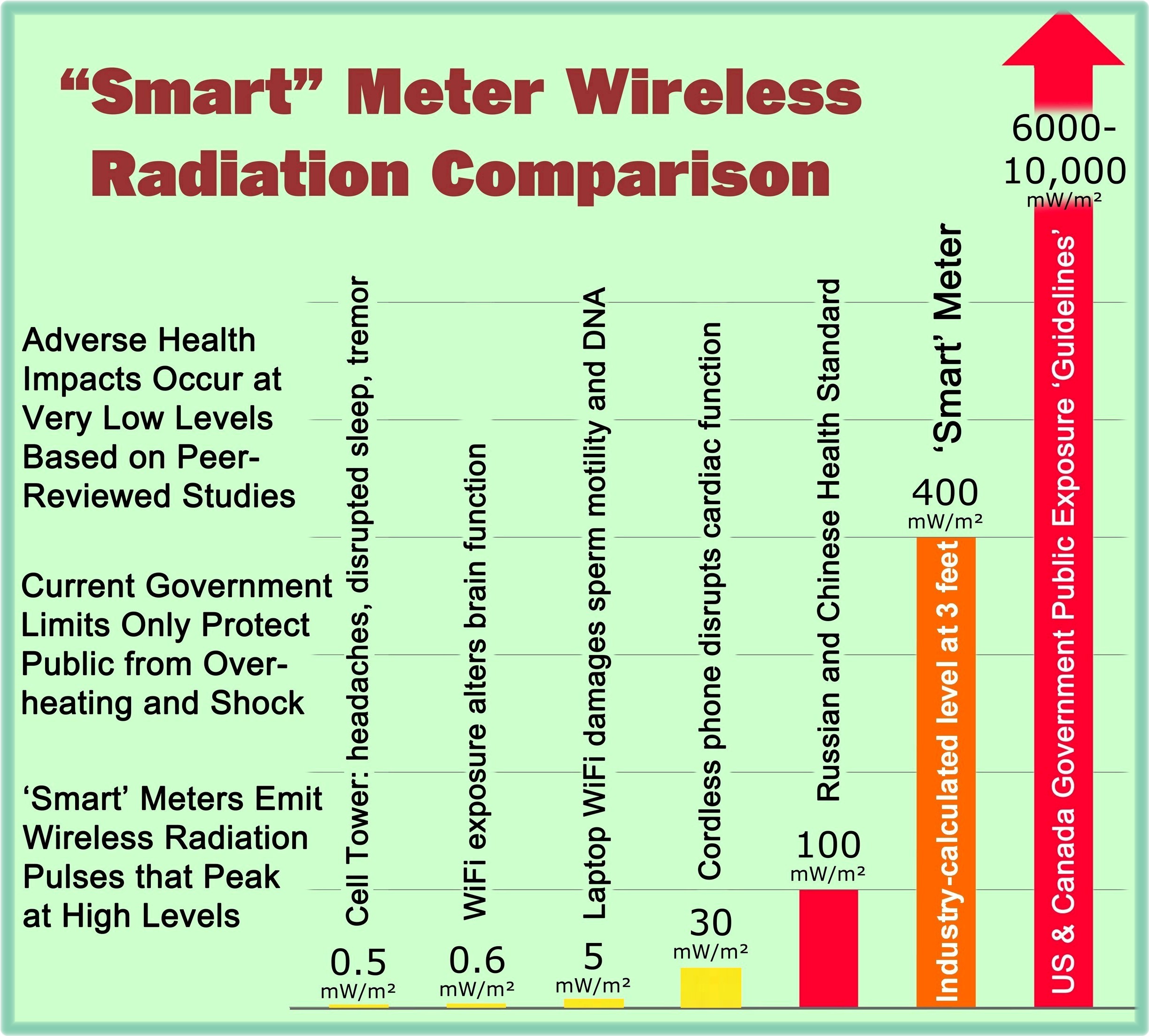Page Updated November 18, 2013:
The original due date for submitting what are called “reply” comments to the Federal Communications Commission on its reassessment of radiofrequency exposure guidelines was November 1, 2013. However, due to the “government shutdown,” the date was extended until November 18, 2013. To what extent the comments submitted to the FCC will be considered, no one knows. Further updates to this page will be made as information becomes available on the progress of the FCC’s exposure guidelines reassessment.
Page Updated September 8, 2013:
The American Academy of Pediatrics (AAP) submitted comments to the FCC, available at the following link: http://apps.fcc.gov/ecfs/document/view?id=7520941318.
In addition, here is a link for comments submitted by the American Association for Justice: http://apps.fcc.gov/ecfs/document/view?id=7520942173.
Note that the American Academy of Environmental Medicine (AAEM) has submitted comments to the FCC, dated August 27, 2013. Refer to the link below:
Page Updated June 4, 2013:
In the Matter of:
Reassessment of Federal Communications Commission Radiofrequency Exposure Limits and Policies
The deadlines have been set for comments and reply comments in an FCC proceeding
to reassess the limits and policies governing exposure to radiofrequency (RF)
electromagnetic fields. On March 29, the FCC released a long document which included both a Notice of Proposed Rulemaking and Notice of Inquiry.
The FCC Notice of Inquiry, ET Docket No. 13–84, FCC 13–39, was adopted March 27, 2013 and released March 29, 2013. However, the Notice of Inquiry was not published in the Federal Register until June 4, 2013. Being published in the Federal Register starts the official clock for a 90-day comment period.
Comments must be filed on or before September 3, 2013, and reply comments must be filed on or before November 1, 2013. The unusually long period for comments reflects the complexity of the proceeding and underscores the Commission’s desire for specific information on the costs and benefits related to the RF exposure issue.
The Federal Register link is: (http://www.gpo.gov/fdsys/pkg/FR-2013-06-04/pdf/2013-12713.pdf)
See below for information posted to this website shortly after the Notice of Inquiry was originally issued in March 2013.
——————————–
The Federal Communications Commission (FCC) has promulgated what are known as “exposure guidelines” which are believed to protect against injury caused by acute exposures that result in tissue heating or electric shock or burn. The current guidelines have not been updated for many years and therefore are considered to be “outdated.”*
In addition, FCC exposure guidelines do not address chronic, non-thermal exposure situations and thus are irrelevant when it comes to protecting members of the public through that exposure mechanism.
* Refer to GAO report, dated July 2012, that states: “By not formally reassessing its current limit, FCC cannot ensure it is using a limit that reflects the latest research on RF energy exposure. FCC has also not reassessed its testing requirements to ensure that they identify the maximum RF energy exposure a user could experience.” See full report at http://gao.gov/assets/600/592901.pdf.
Partially in response to the GAO report, on March 29, 2013, the FCC issued a “Notice of Inquiry” in order to assess its current radiofrequency (RF) exposure guidelines.
This action by the FCC is welcome and long overdue. That said, it is disheartening that the FCC would initiate an “inquiry” to assess its current exposure guidelines in a manner that appears biased towards the interests of the telecommunications industry. An unbiased approach would have been to very objectively request an evaluation on the adequacy of the FCC exposure guidelines that are intended to protect the health and safety of the public. Instead, the FCC in its “Notice of Inquiry” attempts to deflect controversial issues by making assertions that:
- It has “confidence in the current exposure limits.”
- The current exposure limits include a “significant safety factor” [which is in fact not relevant for protecting against nonthermal radiation exposure mechanisms]; and
- Although there has been discussion on guarding against nonthermal biological effects, “such risks have not been established by scientific research.”
Wouldn’t an objective and unbiased assessment (“inquiry”) solicit comment on whether current scientific research is believed to be sufficiently established for measures to be taken to guard against non-thermal biological effects?
Below is the link which contains the entire “Notice of Inquiry.”




